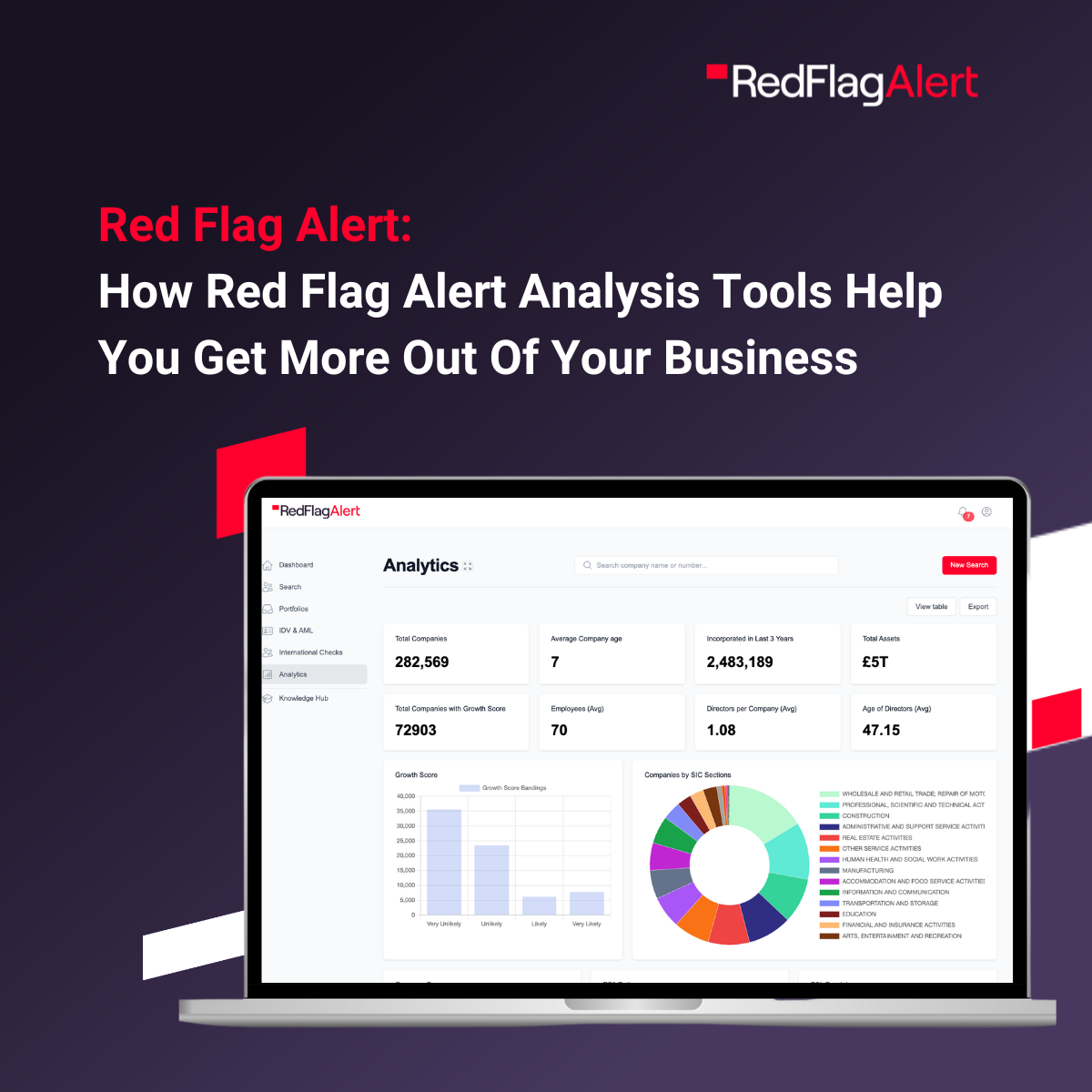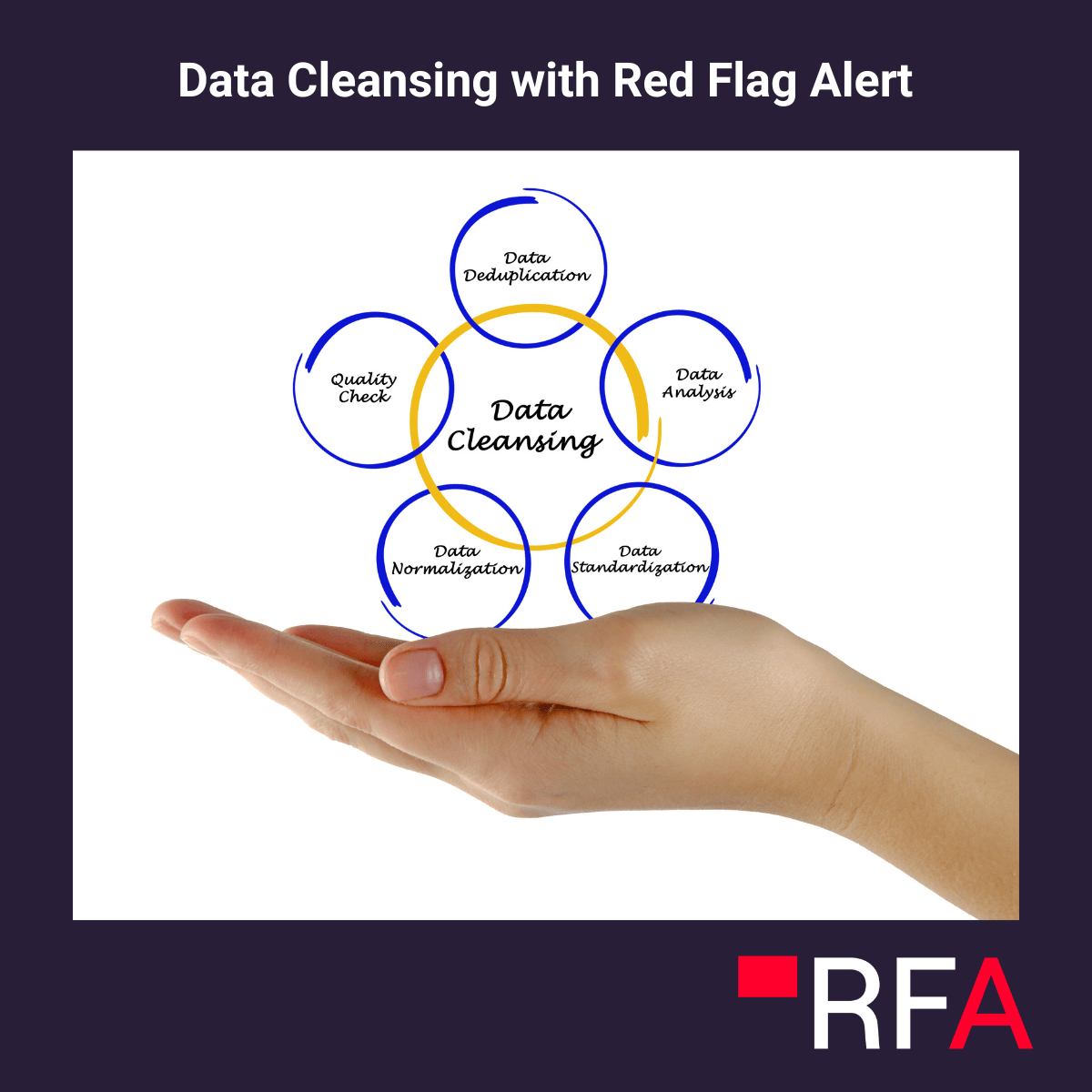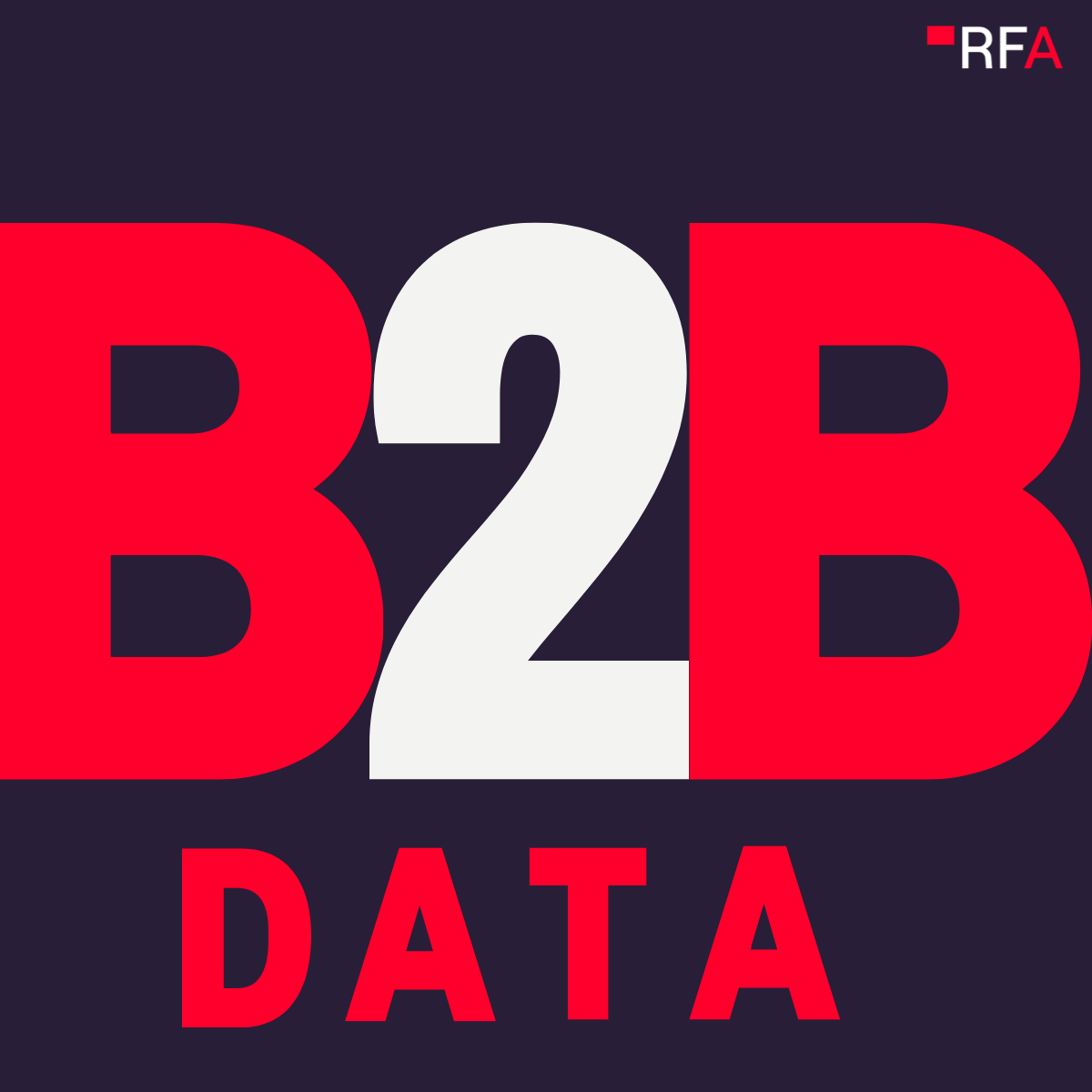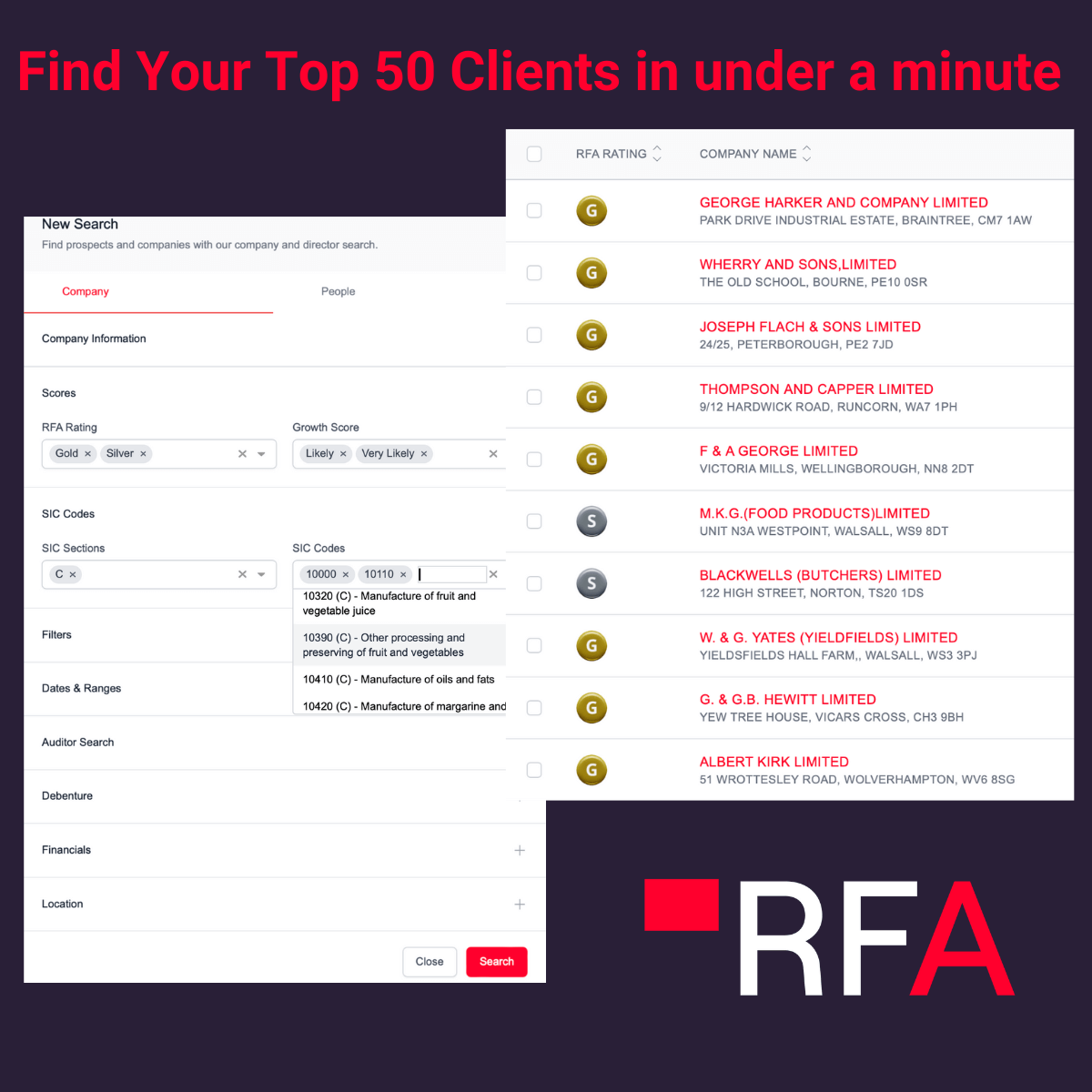Sales enablement is a hot topic in business today.
Why? Because companies that implement sales enablement strategies have 15% better win rates than those that don’t.
That’s a decisive advantage and one that can’t be ignored.
But what is sales enablement? What does it consist of? Why does it have such a significant impact? And how should businesses approach this practice?
In this article, we examine sales enablement and some of its key elements in more depth before explaining why it’s so important. We also offer some suggestions for what you might want to implement in your sales enablement tech stack.
What Is Sales Enablement?
Put simply, sales enablement is the process of equipping your sales team with the knowledge and materials it needs to engage buyers and make more sales.
This can include:
● Content
● Tools
● Technology
● Data
● Analytics
● Training
● Coaching
● Feedback
● Leads
The aim of sales enablement is to help your sales reps work more efficiently and effectively, convert more leads and close more deals. In turn, this increases revenue and ultimately makes your business more profitable.
Gartner describes sales enablement as: “The activities, systems, processes and information that support and promote knowledge-based sales interactions with clients and prospects.”
This highlights that sales enablement isn’t just about what you provide but how you provide it. You also need to ensure that you have the systems and processes in place to deliver suitable resources and support.
Speed is also a key feature of sales enablement. Speaking to Forbes, Enablix CEO Aurav Harode said: “Sales enablement is about accelerating, improving, and making things more efficient.”
In other words, sales enablement is all about working smarter, not harder, and getting the highest possible returns out of the resources available.
What Are the Benefits of Sales Enablement?
Sales enablement doesn’t just improve your end sales. It also adds value to a range of factors across your company.
A good example is customer relationships. If your customer has been given good information by a well-informed sales rep that allows them to make a purchase decision quickly and with confidence, they are likely to report a good buying experience.
Your Team Is Always Ready to Sell
You’ve armed your sales team with several articles and brochures on your product, you’ve given them a day’s seminar on the product and everyone has been taught how to use the CRM.
Are they ready to start closing deals? No.
That’s because while they have been through training, they haven’t been through sales readiness.
Sales readiness is an important aspect of sales enablement. At first glance, it looks a lot like training. However, there are some subtle but important differences.
● Sales training involves giving reps the knowledge they need to sell.
● Sales readiness confirms that a sales rep has the skills to practically apply this knowledge.
A large part of sales readiness involves recreating buyer interactions or giving your reps first-hand experience of real-life situations.
Here’s an overview of some of the differences between sales training and sales readiness:
Sales Training Sales Readiness
Reading textbooks Coaching
Learning about products and services Role playing
Memorising internal processes Experience
Knowing customer profiles Shadowing experienced colleagues
Researching the market Assessment and certification
Learning how to use software and systems Reflecting and reviewing performance
Sales readiness creates more productive and agile sales people that contribute to the customer experience and are able to close more deals.
Sales readiness is intensive and it can be hard for sales managers to find time to commit to it. Most organisations that launch successful readiness programs will have a role dedicated to it, ensuring that reps are given the one-to-one attention that it requires.
You’ll Improve Engagement and Retention
The ultimate job of sales is to provide a solution to a customer’s problems. The faster the salesperson does this, the more satisfied the customer is likely to be.
Sales enablement means that your sales team will have the training and tools to help customers make a buying decision quicker and with greater confidence. This in turn means that they solve the customer’s problems faster.
According to PWC, customers that have had a good experience are more likely to buy again, will be more loyal and will recommend your business to others.
Sales enablement doesn’t just increase customer retention. It also increases retention amongst your reps.
By preparing your salespeople to sell more, you allow them to hit their targets more often. This increases their job satisfaction and makes them less likely to move on.
This has a cumulative impact. The longer your reps stay, the more experience they gain. The more experience they gain, the better they become at their job. The better they become at their job, the more satisfaction they get.
● Stay in role longer
● Gain experience
● Greater job success
● More job satisfaction
● Stay in role longer (back to start)
All Customer-Facing Roles Are Supercharged
If you’ve put tons of effort into sales enablement resources and processes, why limit their use to your sales team?
Every one of your customer-facing teams will benefit from the resources you have accumulated, so make sure everyone in your business knows that they exist and can access them.
For example, your customer support team may benefit from knowing the different buyer personas that you serve. This would allow them to tailor their support to meet the unique needs and expectations of each customer group.
An IT engineer at the client business, for instance, may wish to discuss and understand a problem, while an account manager may just want to know that the issue can be dealt with and how long it will take to fix.
Understanding the expectations of each group is critical to the type of service that the support team provides.
Your Sales Team Become Experts
Successful sales reps need to explain how their company’s products and services work, hone in on a unique value proposition for their target prospect and respond quickly to customer arguments.
Sales enablement provides them with the information that they need to do this. If this is done well you’ll give your sales team an overview of all areas of your business and they’ll quickly become your company’s foremost experts on your products and services.
This provides benefits across your organisation. For example, a salesperson working in telecommunications could help the product development department test new offerings.
That’s because they’ll understand a broad range of factors including market demand, customer expectations and the technology itself.
Your Team Will Use Tools Effectively
How many businesses invest huge sums of money into an expensive tech stack for their sales team, only to find that none of them are using it?
It’s therefore important to ensure that sales reps get the training and information they need to use these tools effectively.
Thes tools include:
- CRMs
- Videoconferencing
- Pipeline management
- Email marketing
- Lead generation
- Business data
- LinkedIn Sales Navigator
- And more
But simply learning how a tool works isn’t enough. You need your sales team to understand the importance of using these technologies and how using all of them effectively will help to make them more successful.
Take your CRM, for example. Not only will you need to train your sales team to use the software, you’ll also have to explain the importance of always using the CRM and not keeping customer contact details in their little red books.
It’s also important that they understand how different technologies integrate. For example, your email marketing software might connect to your CRM to send campaigns to customer groups. This means that if your sales team fails to add customer details then that contact will never receive sales and marketing messages.
Four Best Practices for Sales Enablement
To do sales enablement right you need to have a strategy in place to manage it.
A sales enablement strategy allows businesses to choose a specific goal or goals that they will direct their efforts towards.
For example, sales depend heavily on finding the right leads and so a business might decide to focus on lead-finding as a key sales process to improve.
In this section, we’ve listed four best practices that you should implement when creating your sales enablement strategy.
1. Structure Your Strategy Around the Buyer Journey
It’s easy to look at your sales targets, the needs of your team and gaps in your sales enablement capabilities and build your sales enablement strategy around these factors.
However, successful sales enablement strategies will identify critical moments in the buyer journey and set out the best ways to reach out to the customer at those points.
Here’s an example of what that could look like:
Introduction:
- Buyer meets salesperson at networking event and expresses interest.
- Salesperson hands buyer a leaflet and invites them to a webinar.
Critical moment 1:
- Salesperson contacts buyer by email to remind them about the webinar.
- Shares the webinar agenda and information about the product.
Critical moment 2:
- A few days after the webinar the sales rep contacts the buyer to ask them what they thought and if they have any questions. The rep asks lots of questions and ascertains if their product is useful for the buyer.
- At the end of the call the sales rep offers the buyer a free trial and invites them to a call with the customer success team to learn how to use the system.
Critical moment 3:
- The salesperson checks in with the buyer to see how the free trial is going.
- Offers a free guide on how to use a specific feature.
Critical moment 4:
- The buyer’s free trial ends. The buyer contacts the salesperson and is interested in making a purchase. However, they have several concerns over contracts and payment schedules.
- The sales rep talks the buyer through a terms and conditions FAQ document, pointing out the parts that are pertinent to their question.
Purchase:
- The buyer makes the purchase. The salesperson agrees to catch up with the customer shortly before their contract renewal to discuss their experience.
- The salesperson provides a welcome pack with important information and contact details.
2. Offer Customers the Right Information at the Right Time
You should have a wealth of content available to your sales team so that they can have immediately useful sales materials for any situation at any given moment.
That means sales and marketing will need to work together closely and create an exhaustive list of potential buyer interactions, creating content that covers every potential question they may have.
This could include everything from arms-length mass marketing, like blog posts and white papers, to materials used to sell directly to the customer such as presentations or telesales scripts.
3. Measurement Is Key
Data plays a vital role in sales enablement. Providing your team with access to detailed information on customer businesses will help them to sell more.
However, it’s also important to collect and use your own internal data. You should therefore record as many sales metrics as you can.
This could include:
- Length of sales cycle
- How many salespeople are achieving their targets
- Deal value and period
- Most effective sales channel
- Customer satisfaction scores
4. Use Business Data
Business databases like Red Flag Alert play a crucial role in sales enablement. They allow sales teams to instantly access rich data on the prospect companies they approach.
Our own database includes over 100 data points on every UK company and receives 200,000 updates per day.
This means that when a salesperson approaches a business they’ll have the latest company information available to them, such as its location, what it does, who owns the company, how long it has been established, its financial position and any black marks against it like CCJs.
This allows them to get an overview of the challenges that the company faces and suggest products and services that they might need to overcome them. The data can also be used to create compelling sales messages for presentations.
For example, if an insurance salesman sees that a company has recently acquired new assets they could approach them with an offer to insure their new premises.
Sales Enablement Tools
In the past, all a sales rep needed was a car, a phone, a stack of product brochures and the right personality.
Today, however, having the right technology can make a huge difference to the success of your sales team.
In this section, we’re going to look at common tools that play a critical role in sales enablement.
Sequence Emails
Chasing up clients every time they don’t respond could take up hours of a salesperson’s time.
It’s therefore necessary to set up triggered emails that will automatically send if their prospect doesn’t get back to them within a specified period.
These messages can still be personalised even if they are being sent to a list of prospects by simply adding fields for the contact’s personal/company details.
This allows your salespeople to focus on qualified leads and other more valuable activities.
Hubspot is a good example of a CRM that provides this kind of capability. The image below shows its step-by-step approach to setting up automated emails.
Automate Your Prospecting
Many sales tools allow you to send warm or qualified leads directly to your sales teams’ inboxes.
This means that they can skip some aspects of lead generation and focus on pure customer-facing sales.
For example, some CRMs allow salespeople to include a link to their calendar in emails, allowing potential customers to book their own product demo.
Our own prospecting tool provides a similar capability.
Our API allows you to connect our database to your CRM. You can then set up alerts that instantly inform your sales team when a company’s data changes in a way that makes them a suitable prospect.
For example, if you are an accountant and you’re targeting new businesses in your area you can set a trigger to tell you whenever a new company is launched.
Set Up Live Chat
Live chat is a fantastic sales tool. You get to speak with qualified prospects at a time when they are thinking about buying—a dream opportunity for any salesperson.
Lots of sales and marketing software comes with its own live chat options. However, you may want to consider a dedicated live chat tool and take advantage of the additional features they offer.
LiveChat is a good example of this. It offers a range of useful features, like the ability to contact other teams during a customer conversation, see what the customer is typing and recall old chats.
Use Sales Enablement Software
After reading this article you’re probably thinking that sales enablement software needs to cover absolutely everything relating to sales.
However, sales enablement software actually focuses on creating, collaborating on, storing and sharing sales materials and resources.
Some sales enablement software is built into CRMs or project management programmes, while others are provided as standalone tools.
Seismic is a good example of a standalone system. It focuses on connecting sales and marketing teams, helping them to better collaborate on and share sales materials. It uses AI automation to deliver relevant content to sales reps at key stages in the sales process.
Summary
If you have a sales team, sales enablement should be a critical part of your business strategy. By providing your sales reps with what they need to close more deals you will drive growth in your company.
However, it’s important that businesses build their sales enablement strategy around the buyer journey and find the right tools.
Business databases like Red Flag Alert play a key role in this by providing sales teams with up-to-date information, allowing them to make an informed sales pitch.
To learn how Red Flag Alert’s B2B prospector tool can help your business grow, get started with a free trial.




